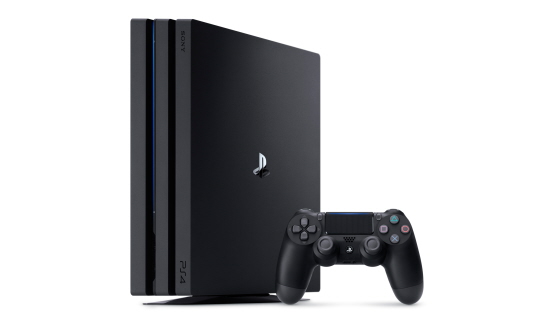When PlayStation 4 Pro launches on November 10, it won’t bring any immediate changes to PlayStation VR. Instead, as Mark Cerny told The Verge, it’s up to developers to take advantage of the PS4 Pro’s extra power – something that’s completely optional.
“We’re just asking for them to take advantage,” he added. “We’d like for them to take a look at what the hardware can do and do something with it.”
Speaking with Eurogamer about what PS4 Pro could bring to PSVR, Cerny revealed that there’s advanced multi-resolution support for increased performance in VR titles, allowing games to have the edges rendered at a lower resolution. As Eurogamer explained, this means “there’ll be a big boost to performance with no noticeable impact to image quality in the HMD [head-mounted display].”
The PS4 Pro has a GPU that can offer 4.2 teraflops of power (2.28 times more than the standard PS4), but instead of adding new architecture to the console, Sony “doubled the GPU size by essentially placing it next to a mirrored image of itself, rather like the wings of a butterfly.” As Cerny added in his conversation with Gamasutra, doubling the GPU size “gives us an extremely clean way to support the 700 existing [PS4] titles, because we can turn off half the GPU and just run something that’s very close to the original GPU.”
While every PS4 game will play smoothly on PS4 Pro, developers can release forward compatibility patches to add support for the new console, such as increased resolution and more stable frame-rates. Although Sony’s asking for upcoming PS4 games to support PS4 Pro, Cerny says they’re leaving how that’s done up to developers:
For titles from PS4 Pro launch onwards, we’re asking for direct support of 4K TVs and 1080p TVs. We’re leaving it up to the developers, how they did that. Presumably 4K is high-resolution modes, and HDTVs is that scaled down, or maybe they have different modes with framerate options, or the like. I’m expecting that virtually all titles have those two different modes on PlayStation 4 Pro.
So we’re going to let the developers determine it. We want something for people who have 4K TVs, and something for people who have 1080p TVs. Really, there are so many choices: For 4K TVs, yes we’d like them to have super high-resolution. But if [devs] also wanted to have lower-resolution graphics and higher frame-rate, that would be very nice too. And so we encourage that. And for HDTVs, if they want to do frame-rate that’s great, if they want to do graphics that’s great.
After doing the math, Cerny estimates that adding PS4 Pro support to a game takes about 0.2% or 0.3% of the overall effort. “So at that point, I think it’s very natural for the development community to support the platform,” he adds.
Asked whether Sony would allow a developer to release a game that only runs on PS4 Pro, Cerny replied, “We’re putting a very high premium on not splitting the user base in that fashion.” He didn’t talk much about the possibility of a developer in a few years requiring the extra power of the PS4 Pro to release their game, saying instead that Sony is asking developers to release games on PS4 Pro without leaving the PS4 behind.








